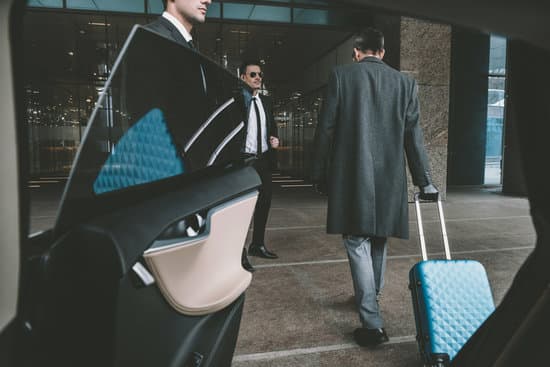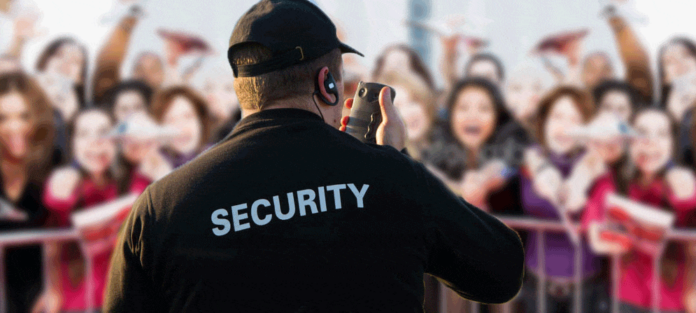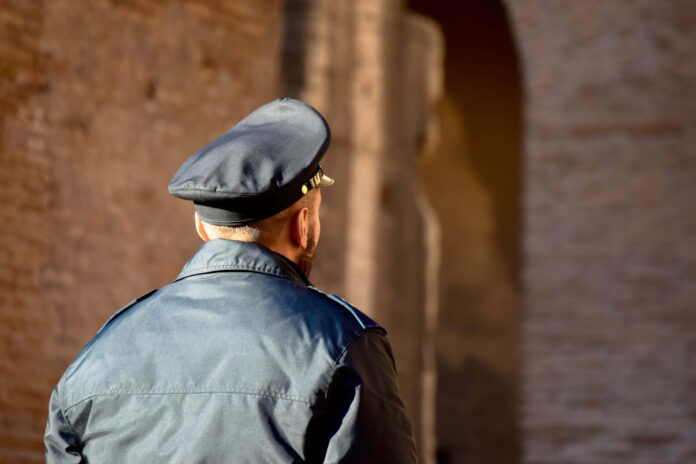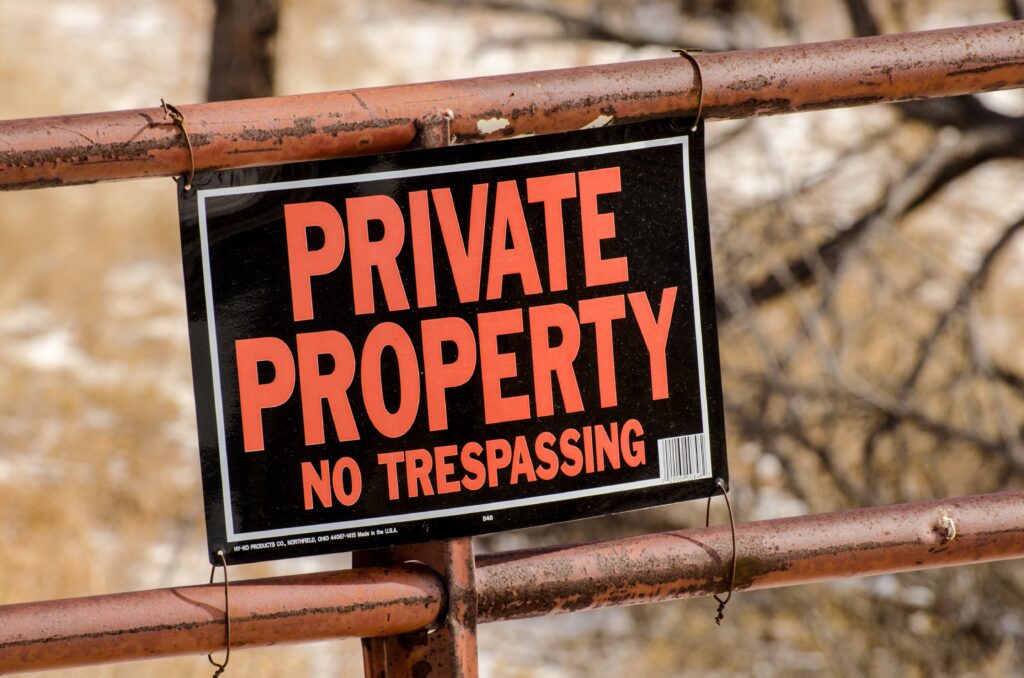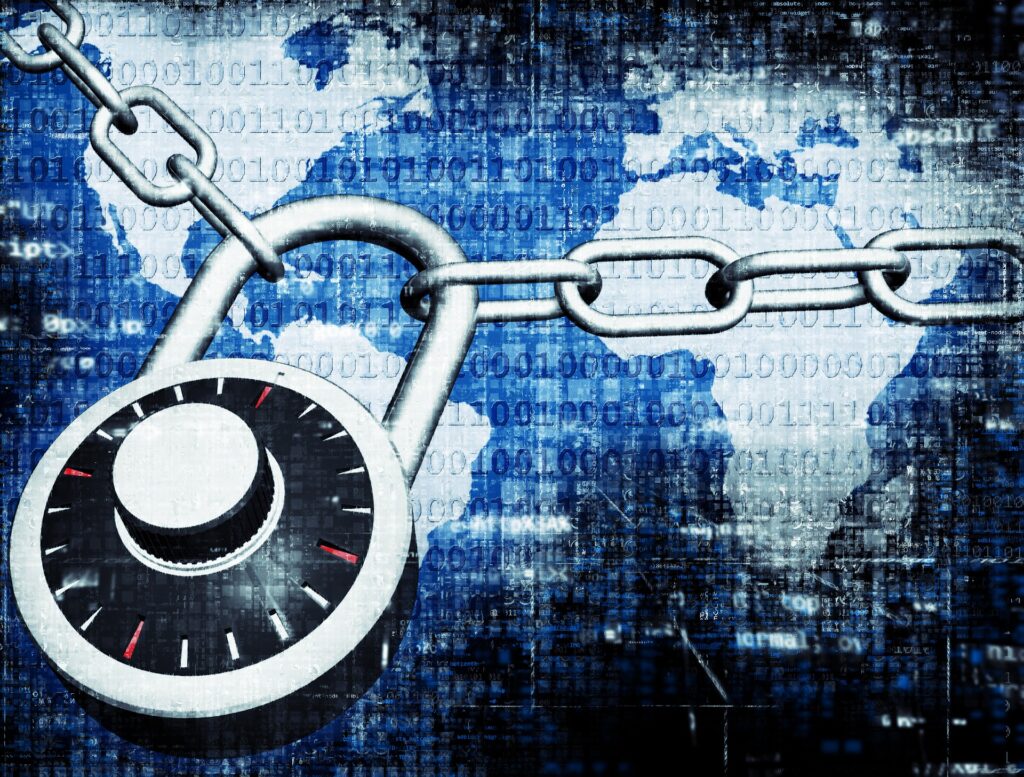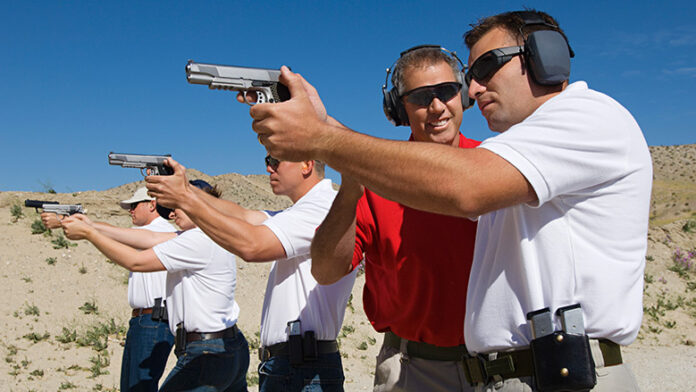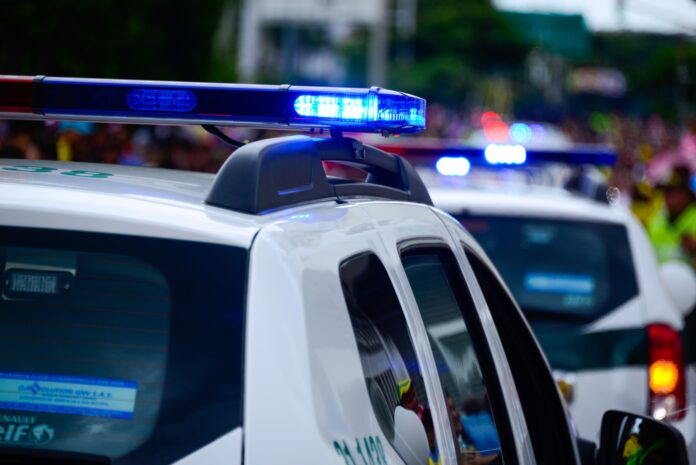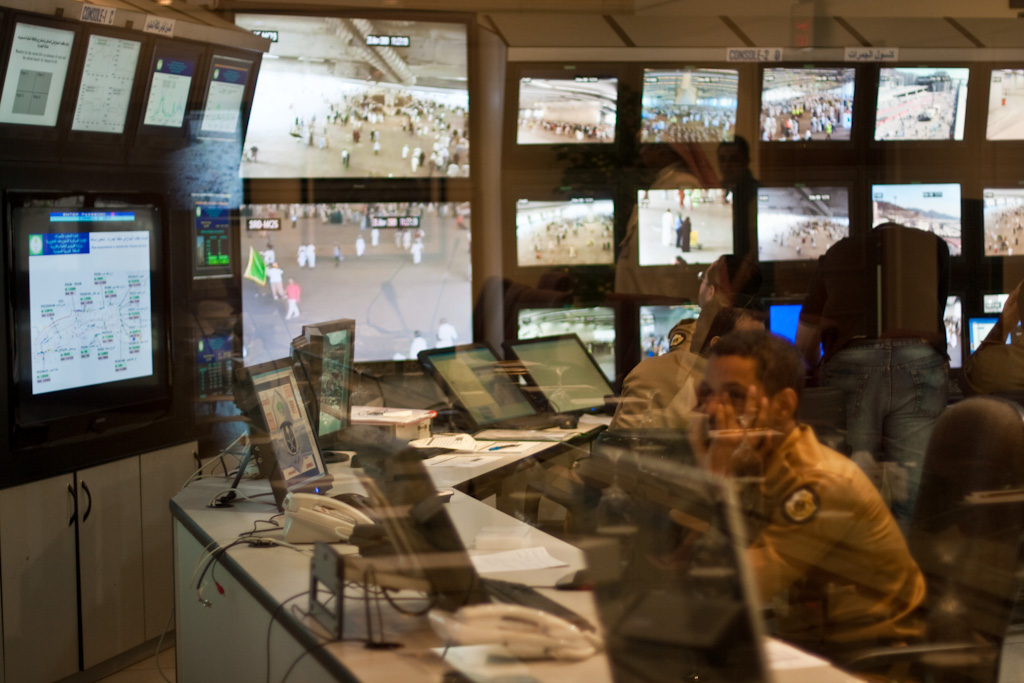Some days are slower than others during the year, and some are more challenging. When we talk about holidays, we usually refer to them as a time for relaxation and family. However, this isn’t the case for everyone. Executive protection agents and their industry colleagues tend to have it rougher during these periods. This is mostly because attackers and intruders think we will be less attentive during that time of the year. So here are a few holiday security tips for setting your course for the coming celebrations.
Since we have already written at length about the gadgets successful EP agents need, we’ll now jump into the more pressing holiday security tips.
How to Stay Secure During Holidays
Before getting into the groove on Christmas or New Year’s Eve, you should keep an eye on your electronic systems. After all, up-to-date techniques and procedures are more infallible than any individual executive protection agents.
That’s not to say that your physical preparedness should suffer or that you can relax and be less alert of your surroundings. Your principals expect you to be on your toes even if it seems that everything is in order and that there are no looming threats.
Trust us. We know what we’re talking about when we say that technological procedures and corporeal readiness are the perfect combination.
When the holiday season starts, you will likely spend some time at and around your principal’s home. Thus, you should prepare for using the equipment available there.
Check the Alarms and Accompanying Systems
This is one of the most basic holiday security tips there is.
The first contact between you and the outer world in your client’s home should be the doorbell camera. It records who stops by the front step and allows you to speak with them from a distance. This piece of equipment is essential if you want to predict who or what is coming your way.
Bonus advice: Among the companies leading the industry of alarm systems is Blueforce. They will handle all your monitoring systems without a hitch.
Leave All Lights On
No matter if you and your clients are staying at their home or have gone out to party, leave all lights on. This entails all the bulbs at the front and back doors, in the garage and garden.
Everywhere where there is a lighting system, turn it on and leave it that way. It isn’t your responsibility only to protect the principal with your body, but to ensure his surroundings are safe. So, if you can’t see straight, how will you guard the client, your team, and others nearby?
And remember to double-check each venue before letting your principal enter it.
Bonus hint: Obscure all windows. Not every passer-by has good intentions towards your client. Therefore, you shouldn’t let them see their target, not even from a distance. This goes a long way in terms of preventing and deterring attackers. Make it as difficult for them to attack as you possibly can.
Check out Safewise for additional information on the best outdoor security cameras.
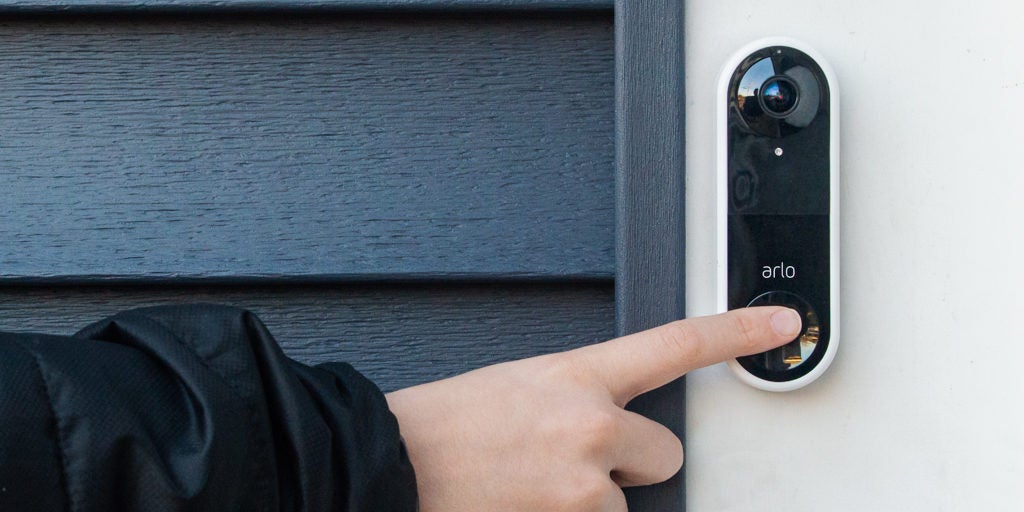
Caffeinate Regularly
In order to stay awake while guarding your principal’s premises, ensure you have coffee, tea, and other caffeinated drinks ready. However, what you should avoid is chocolate and other sugary treats. They first give you a sugar high and then stomp you with a sugar crash.
During the latter, you will feel you have less energy and are notably scarcer in attention. It shouldn’t be too tricky to check different options in your local coffee shop. But we suggest that you predominantly drink tea since it causes fewer fluctuations in your system and keeps you alert.
Staying fresh and aware of your surroundings is vital, and caffeinated drinks are handy, just don’t exaggerate.
Never Shift Your Gaze
When out and about, whether in a shopping mall or just to take a short walk in the park, be close to your client. Never leave them out of sight, and always have an eye on the people walking past. They could just be the next attacker or daft fan who loses control and grabs the client. So, always be on the lookout and prepared to act if something unexpected were to happen.
Bonus lesson: Don’t forget to take your everyday gear with you. This includes a knife, flashlight, phone, firearm, and other equipment you may need. You never know what your fellow friendly shopper in the store could be up to. Of course, none of this equipment may be necessary if you adopt the proper hand-to-hand combat skills.
Know What Your Principal is Up To
What you’re doing is only one side of the coin. What your client is planning is another thing. Be aware of your principal’s most recent posts on social media so that you can predict their next behavioral patterns. Remember that not all principals will share all their information with you.
Nevertheless, it’s your job as an executive protection agent to foresee their intentions. Where they wish to go and what they intend to do. That way, you can predict the actions of potential attackers and intruders as well.
To dive deeper into online security, read this EP Wired article: 10 Best Cyber Security Tools.
Are EP Agents Allowed to Enjoy the Holidays?
All of this isn’t to say that you shouldn’t have a life of your own. In the end, many executive protection agents also have families or pets. They want to spend some time with them, especially during the holidays. And why should you be exempt from enjoying yourself, just like everyone else?
Well, that’s it ― you shouldn’t.
So, how can you manage to balance both your demanding career and your home life? Firstly, check your contract for specific details and see when you can ask for a vacation or a day or two off.
If you did your job correctly when onboarding, then there should be a clause for this purpose. Secondly, see if any of your colleagues want to swap shifts with you. There’s most likely somebody on your team who would like to help you out in case of need.
Most importantly, think of it this way: even if you don’t get a chance to spend New Year’s Eve with your loved ones, make the most of your time at your client’s home. While maintaining your professionalism, that is.
So keep an eye on these holiday security tips to maximize the time with your family or principals. They might just do the trick.




